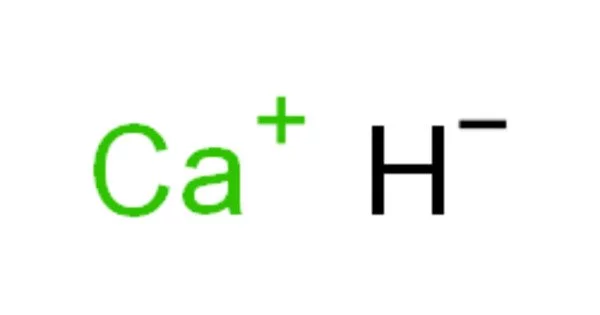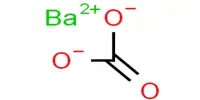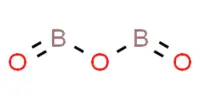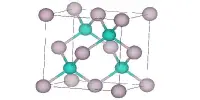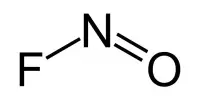Calcium monohydride (CaH) is a molecule made up of calcium and hydrogen. It can be found in stars as a gas formed when calcium atoms combine with hydrogen atoms. It is the first molecular gas to be cooled by a cold buffer gas and then trapped by a magnetic field. This broadens the study of trapped cold atoms like rubidium to molecules.
Properties
It is a saltlike compound that is white and crystalline when pure but is usually obtained in gray to gray-brown lumps and is primarily used as a reducing agent in the preparation of powdered metals, as a portable source of hydrogen, and as a drying agent.
- Chemical formula: CaH
- Molar mass: 41.085899 g/mol
- Appearance: glowing red gas
- Solubility in water: reacts violently
Reactions
CaH reacts with Lithium as a cold gas releasing 0.9eV of energy and forming LiH molecules and calcium atoms.
Formation
By exposing metallic calcium to an electric discharge in a hydrogen atmosphere above 750 °C, calcium monohydride can be formed. Below this temperature, hydrogen is absorbed and converted to calcium hydride.
Laser ablation of calcium dihydride in a helium atmosphere can produce calcium monohydride. At temperatures around 1200 K, gaseous calcium reacts with formaldehyde to produce CaH as well as some CaOH and CaO. This reaction emits an orange-red glow.
Discovery
Alfred Fowler discovered calcium monohydride when he observed its spectrum in Alpha Herculis and o Ceti in 1907. C. M. Olmsted observed it in sunspots the following year. It was then created in a laboratory by A. Eagle in 1909, and with early research by Hulthèn, Watson, and Weber in 1935. Y. hman observed it in M dwarfs in 1934. hman proposed that it be used as a proxy for stellar luminosity, similar to magnesium monohydride (MgH), because it is more visible in the spectra of compact, cool, high surface gravity stars like M dwarfs than cool, low surface gravity stars like M giants with non-negligible, or even comparable, metallicity.
